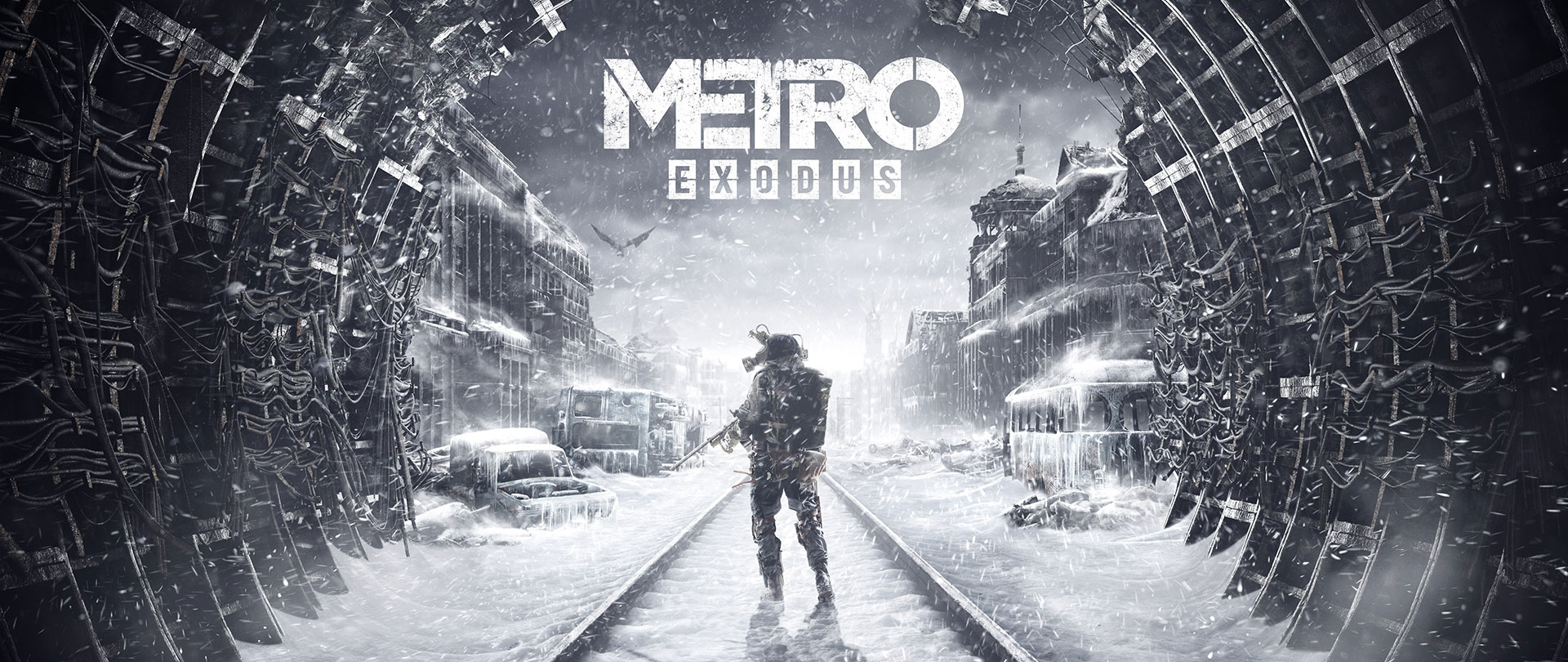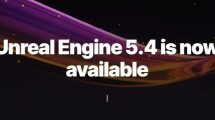Five long months have passed since Nvidia unveiled its Turing graphics architecture at the GeForce RTX 2080 Ti and 2080. The launch also announced a long list of games that would support real-time ray tracing (RT), deep learning super sampling (DLSS) or both. But developing games takes a lot of time and so far we've only seen a single title with optimizations for the RT cores (Battlefield V) and two with DLSS support (Battlefield V and Final Fantasy XV). But nothing more.
Now you can add Metro Exodus to this (currently) manageable list. And in fact, Metro is the first game with support for Raytracing and DLSS on the first day, which of course increases expectations once again. Although there are still a number of bugs that 4A Games need to eliminate, we've spent the last few days looking for good benchmark sequences and playing the game as far as the time quota gave it. Although we're still working on a much more in-depth analysis of Metro Exodus, I'm already delivering some of our early screenshots, performance results, and analysis.
The time delay is also due to the fact that the built-in benchmark and logging are so flawed that you have to question it completely. Apart from the incorrect DLSS functionality of the settings, this benchmark also calculates the results completely incorrectly. Either the estimated frametimes in log and SVG graphics are not correct, or the times in the log are fundamentally incorrect. Both values definitely do not fit together, which makes everything seem completely implausible. Therefore, a separate sequence and also the evaluation with its own software.
An introduction to Metro Exodus's "RTX" features
Like Battlefield V, Metro Exodus uses a hybrid rendering approach – so it's not a complete ray tracing, but a thoughtful mix. Battlefield V applies raytracing to reflections, while Metro Exodus uses it for global sun and sky lighting, modeling perfectly how light interacts with different surfaces. Local light sources, however, are not tracted, good decision.
Similar to Battlefield V, the effect of ray tracing is often very subtle and easiest to detect through direct comparisons. The following slider shows how bright a room without activated ray tracing could look. The lack of dark spots makes it hard to imagine that you could hide somewhere in it. With Raytracing, which is set to Ultra in the game settings, the light falls from the door, window and ceiling, but is much more realistic when it comes to hiding in the predominantly closed room:
Of course, nothing will stop you from enjoying Metro Exodus without ray tracing, but this feature finally helps 4A Games to achieve exactly the ambience it needs in this genre. What at Battlefield V with "Shoot or enjoy!" still seemed somehow set up and out of place (who goes a shooter walk to look at the environment). Exactly this end-time game would have been needed on launch day and not such a crash-colored Nazi slug. No matter, we simply enjoy it without heme.
However, our first impressions of DLSS were not so pleasing. Here, too, we save the analysis effort for our upcoming analysis review. But the next two comparison images in the slider speak volumes:
In the left image, ray tracing is enabled and DLSS is disabled. There is no doubt that ray tracing has a major negative impact on performance, while DLSS is expected to iron out this damage as much as possible. But a look at the second image, with ray tracing and activated DLSS, shows us quite clearly that there is now a clearly visible lack of sharpness. Just look at the Männeken in the middle, the fence on the right, the railing of the locomotive and the masonry in the foreground on the left.
The shutdown of ray tracing while activating DLSS results in a slight increase in average frame rates. However, we are surprised that the difference is not greater. This also makes it clear that 4A Games can only offer DLSS under certain conditions. Officially, DLSS can be activated:
Ultra HD with 3840×2160 pixels
– With ray tracing enabled on a GeForce RTX 2070, 2080 and 2080 Ti.
– With ray tracing disabled on a GeForce RTX 2070, 2080 and 2080 Ti
QHD me 2560×1440 pixels
– With ray tracing enabled on a GeForce RTX 2060, 2070, 2080 and 2080 Ti.
Full HD with 1920×1080 pixels
– With ray tracing enabled on a GeForce RTX 2060 and 2070
Unofficially, we also found that DLSS works on 2560×1440 with ray tracing disabled on geForce RTX 2060 and 2070, 1920×1080 with ray tracing disabled on the GeForce RTX 2060, and 1280×720 also on geForce RTX 2060. Forget to block or mention? Choose something, but it works like that!
Benchmark scene and test system
I wrote it above that we are betting on our own benchmark scene. A desert sequence is a good place to do this, because in this very long run we find pretty much everything that the heart desires and can be stuffed into the RT and tensor cores. The following picture gallery shows some impressions from this run:
I also recorded the total of up to four different settings from RTX Off to RTX High + DLSS in a gallery. One can see very nicely when scrolling through, that the differences are clearly visible even in this rather unspectacular but demanding landscape:
Nvidia, however, is remarkably reluctant when it comes to the question of whether the DLSS quality will improve significantly in this game, but reassures with the blanket statement "It is possible that after the review and about the time of the game launch, a new patch with performance and image improvements". Subjunctive, but better than nothing.
The test system of the French colleagues who were responsible for the collected benchmark runs this time looks similar to mine:
- Intel Core i7-8700K x 5 GHz
- Alphacool Eisbaer 280 CPU
- SuperMicro C9Z390-PGW
- G.SKill Sniper X DDR4-3400 CL16
- PNY SSD CS900 480 Go
- Corsair HX750 PSU
On the next page there are now the first benchmarks, you can see… (please browse)













































Kommentieren